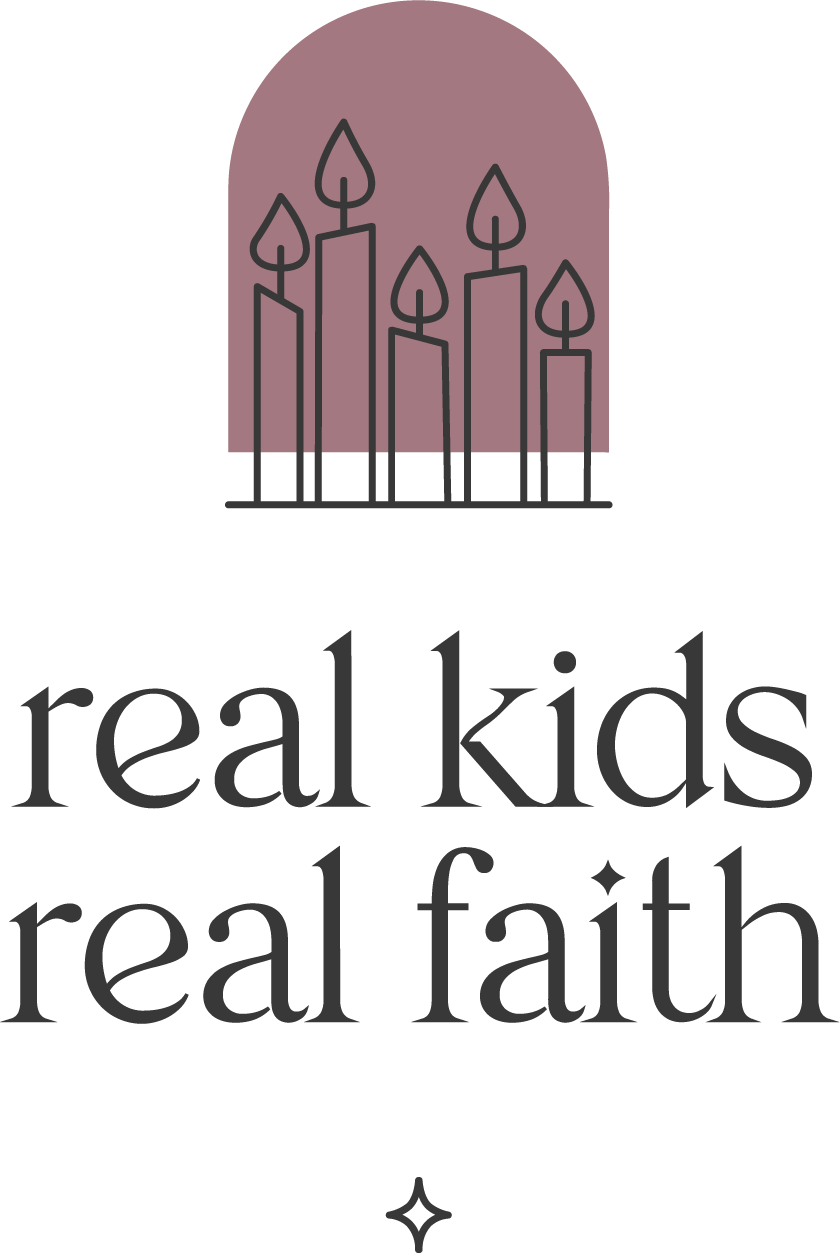An American celebration of Thanksgiving generally involves liberal helpings of turkey, stuffing, cranberry sauce, and pie, plus whatever other traditional or quirky foods a family loves. Sweet potatoes might be candied, mashed, or baked whole. Southerners might add collard greens. Young children might clamor for pigs-in-a-blanket. Vegans often substitute stuffed squash. It’s a cornucopia of tasty dishes, shared by those related by genealogy or communal ties.
What sometimes gets lost in the feasting is the “thanks” aspect of the holiday. The stresses of cleaning house (or traveling elsewhere), preparing food (or ordering items), and managing expectations (of family and culture) can distract us from showing gratitude for the people around us. Instead of feeling grateful, all we feel is overburdened and exhausted.
Yet research shows that people who practice gratitude are happier and have stronger relationships. Giving thanks promotes happiness by increasing our awareness of what is good in our lives. And it improves relationships by focusing our attention on how others contribute to our wellbeing and positive sense of community.
Educator Lainie Rowell reminds us that it takes effort to cultivate authentic gratitude practices. Whining and complaining come easier to children (and adults) than showing gratitude. This Thanksgiving season, try out some of Rowell’s ideas for expressing thanks to those in your family and circle of friends who make a positive difference in your lives.
Write and display an open letter. Talk with your children about the people with whom you will gather on Thanksgiving. Identify things that you appreciate about each person: pawpaw’s willingness to play board games, an aunt’s sense of humor, a close friend’s activism in the community. Write a letter (collectively or to each person) that names these things. Invite younger children to draw pictures in the margins or below what you have written. Hang or place the letter where everyone can read it.
Phone or text a friend. Extend your gratitude practice to friends and family who can’t be with you on Thanksgiving by reaching out. Compose a short text with your child that says how much they appreciate that person and why. Call someone, put the phone on speaker, and encourage your kids to name what they love about that person. You might even applaud!
Post or tweet your appreciation. Share messages of thanks on social media to show gratitude for community helpers like teachers, firefighters, and health care workers. Invite children to help you select emojis and other graphics to add to your messages. Or ask your kids to create ‘thank you’ posters and photograph them holding the signs and then post the images. (Manage your privacy settings to limit distribution to friends and family.)
Start a family gratitude journal. Use a book with blank pages or create one from scratch. Encourage children to write messages of appreciation for others and draw pictures of people for whom they are thankful. Alternatively, write or draw on index cards and place them in a large jar. Make this activity a part of your children’s bedtime routine as a way of ending the day on a thankful note.

Comments